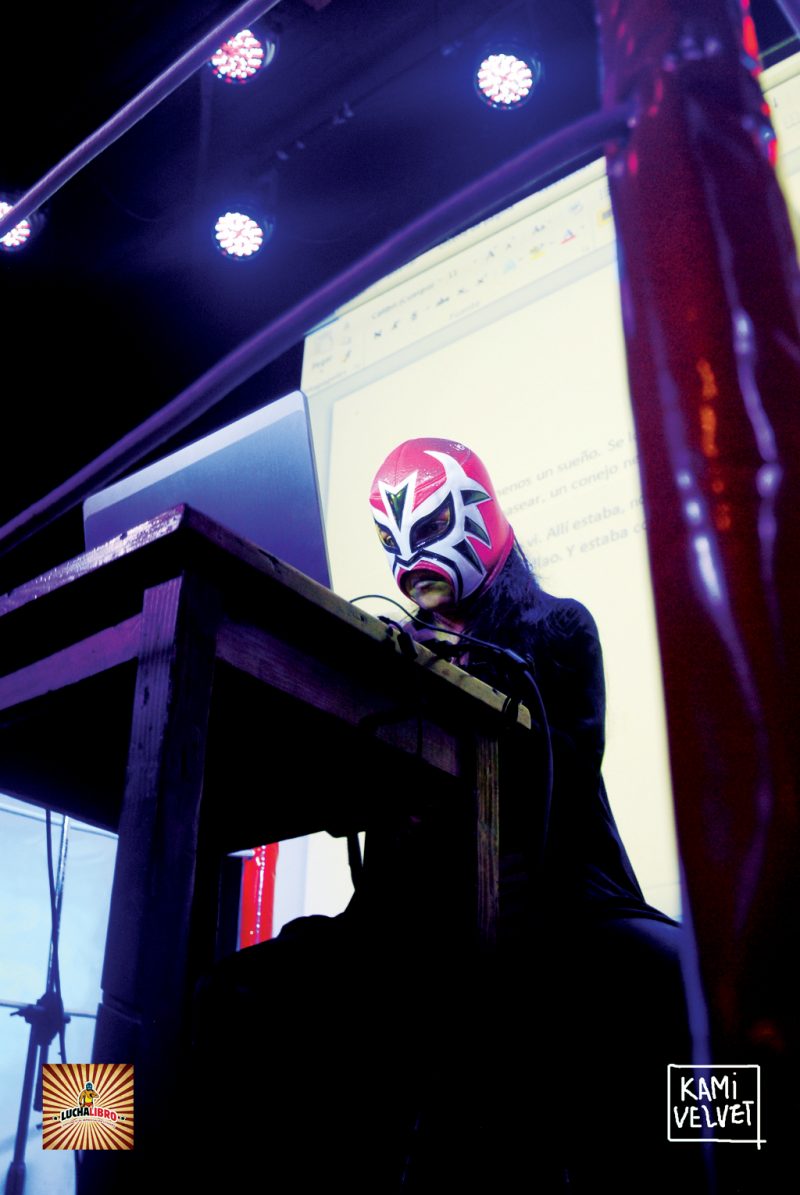I. THE RING
Wrestling is not a sport, it is a spectacle, and it is no more ignoble to attend a wrestled performance of Suffering than a performance of the sorrows of Arnolphe or Andromaque.
—Roland Barthes, “The World of Wrestling”
Every few years, a New York literary critic remembers how a member of that tribe, Philip Rahv, once sorted American writers into two warring camps: palefaces and redskins. To the paleface camp, Rahv sent Melville, James, Dickinson, and Hawthorne to tend the patrician flames of refinement and ambiguity, and ponder religion and allegory. From the redskin camp, Twain, Whitman, Faulkner, and Hemingway fired more plebian arrows, chewed the fat, and cataloged (or invented) “real” American experience. Rahv feared that the redskins’ twentieth-century dominance impoverished American letters.
Racist, colonialist, and perhaps sexist, Rahv’s theory feels as ill-advised now as it likely did to many in 1939, when he trucked it out. The long list of twentieth-century masterpieces that aren’t composed by white men, not to mention the centuries of music and oral storytelling that Rahv would not have accepted as literature, surely kicks the legs out from under his tired dichotomy.
As a generalization about one over-discussed sector of one country’s field of letters, though, Rahv’s theory is at least diverting, and sometimes insightful. (Henry James and Walt Whitman did indeed annoy the hell out of each other, at least initially.) It’s a cheap, if limited, parlor game—the sort you can self-consciously adapt to other countries’ literary traditions.

The history of letters in Peru, for example, might be playfully understood with a similarly crude dichotomy adopted from Latin American popular culture. Not conquistadors and Incas, the colonial dichotomy Rahv might have reached for, but técnicos and rudos—the battling antagonists of Lucha Libre, the masked free-wrestling phenomenon established in Mexico that has swept the hemisphere.
Mexico’s Lucha Libre yanked out its European roots and became a cultural phenomenon after 1942, when a silver-masked wrestler climbed into the ring for a battle royal. His name was Rodolfo Guzmán Huerta, and he went by “El Santo” (5′ 8″; 215 pounds; born 1917 in Tulancingo, Hidalgo). He dominated until the end, and though he lost the final bout to Ciclón Veloz he impressed the audience with brash and brutal force. Thus began his career as a rudo—what American pro-wrestling calls a heel, or a wrestling villain—but he soon became a good guy—a técnico—and a folk icon. In the 1950s, he starred in his own comic book, and began appearing in movies. With fellow luchadores, El Santo wrestled crime rings, aliens, and pre-Columbian mummies from Mexico City to San Francisco.
As El Santo...
You have reached your article limit
Sign up for a digital subscription and continue reading all new issues, plus our entire archives, for just $1.50/month.
Already a subscriber? Sign in





